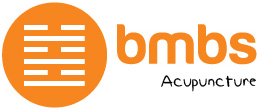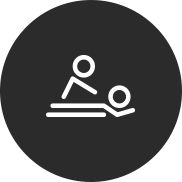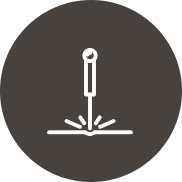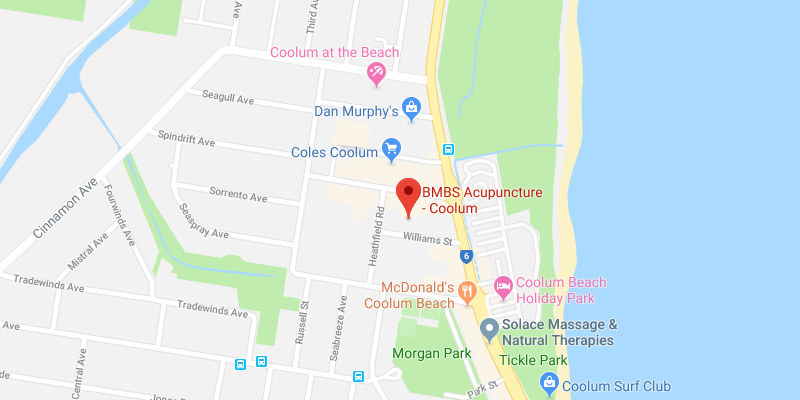Japanese Acupuncture is a lesser known form of Acupuncture in the West, though it is rapidly becoming renowned for its vast effectiveness through its Subtlety & reduced discomfort compared to stronger needling techniques used in Chinese or TCM style Acupuncture. Its roots lay in the Chinese Acupuncture Classics, texts found to be over 3000 years old, but have been further developed by many Japanese Practitioners over the last 1400 years.
This style is more thorough compared to Chinese style in diagnoses of patterns. The Pulse, Stomach (Hara) and Channels over the body are palpated to determine certain imbalances or ‘reflex areas’, which can be physically altered by the stimulation of specific points. This change will then allow the body to re-balance & heal itself. After the re-balancing or ‘Root’ Treatment, Symptomatic treatment for the main complaints are addressed or ‘Touched Up’ if needed.
Differences between Japanese and Chinese/TCM acupuncture are:
The comfort level
Japanese needles are made from the highest grade surgical stainless steel and are generally much finer than the Chinese needle. The patient will rarely experience any pain or discomfort.
The depth of needling
Needles are inserted shallowly in Japanese styles, as it is believed the energetic forces within the body (Qi) are accessible much closer to the surface of the body. In Chinese styles, it is believed that Qi is reached through deeper insertion and stimulation.
Constitutional or ‘Root’ treatment
The main goal in the Japanese style is to diagnose and treat any core imbalance within the patient, taking into consideration, but regardless of the main complaint. This is called the “root treatment” and when done correctly the body is better positioned to heal itself with longer lasting changes. The “branch treatments” are the second section of the treatment that focuses on the relief of particular symptoms.
Tailored Treatments to the Individual
The Japanese philosophy of Acupuncture places great importance on the correct treatment and the correct dosage for each patient. Diagnostic indicators such as the body type, the hara (gentle palpation of the abdominal area) and the channels, the pulses and the history of the patient, all determine the type and strength of treatment best suited to the individual. During the treatment these diagnostic indicators in the Pulse, Abdomen and Channels are repeatedly rechecked to make sure that the desired changes are happening, giving the appropriate feedback that the treatment is working. This means that the practitioner is present and working with the patient for most of the session which in most cases is different from the Chinese models.
Treating the alive points
When selecting the points to treat on a person, the Japanese practitioner looks for “alive points”. An “alive point” may not be at a fixed anatomical location on the body as it is in Chinese acupuncture. Instead, an “alive point” is located by extremely sensitive palpation along the meridian. The Japanese approach requires the practitioner to develop very refined sensitivity in the fingertips to find and treat the “alive points”.
Two styles used at BMBS Acupuncture are –
- Toyo Hari – Palpation of the Pulse, Stomach (Hara) and channels along certain areas of the body to determine which Channels and Organs need re-balancing through treatment of certain points; followed by the use of Gold, Silver, Stainless Steel needles and/or Moxa to stimulate the flow of energy at ‘alive’ or ‘active’ points on the body. Alot of this style involves NO INSERTION OF NEEDLES
- Manaka – Use of Polarity devices & Magnets to stimulate deeper channels which affect Manaka’s theorised X-signal system, a primordial system capable of producing constitutional change at the DNA level. Highly effective in treating Liver Conditions such as Hepatitis, Fatty Liver etc








